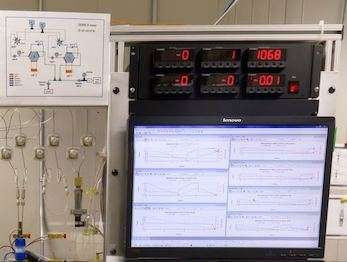New Lithium Ion Battery Design Allows Electric Vehicles to Be Charged in Just 10 Minutes
The design allows EVs to be recharged for a range of 200 to 300 miles—and the battery can be recharged more than 2,500 times.

IBM and partners are working on solving one of the biggest barriers to widespread electric vehicle adoption: limited battery range.
Under its Battery 500 project - an effort to build a battery capable of powering a car for 500 miles - Big Blue has designed a battery that produces power by taking in oxygen and then recharges itself by expelling that oxygen.
Because its driven by the outside air, such a battery can be significantly smaller and lighter than traditional lithium ion batteries, providing a much longer life per square inch.
Most people consider switching to electric vehicles to save money on gas and contribute to a healthier environment. But "range anxiety," the fear of being stranded with no power, was cited by 64 percent of consumers as a main detractor to buying an electric vehicle.
In 2012, industry leaders with a history of electric vehicle innovation, Central Glass and Asahi Kasei, joined the project to help IBM put research on the road.
(READ the story from Wired – See how it works in the video below…)
Be the first to comment